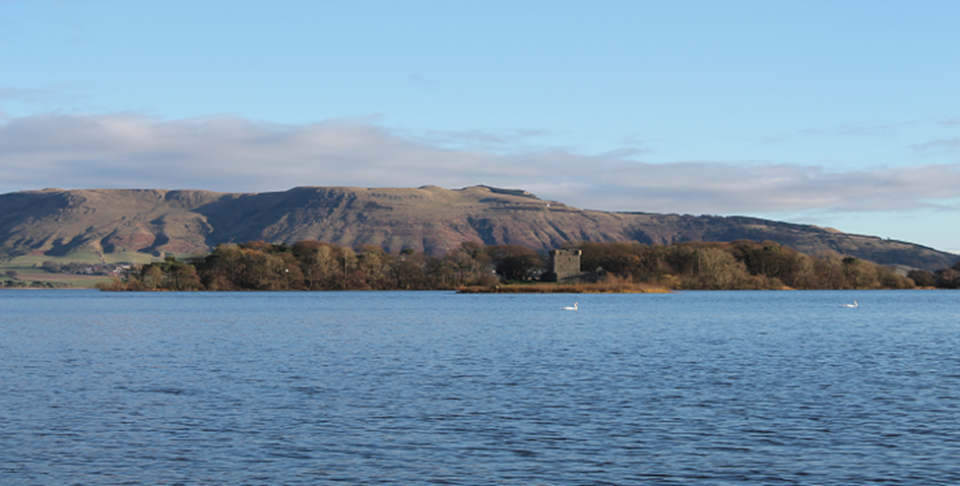
Loch Leven is a large, shallow lake in Scotland (latitude 56°10"N, longitude 3°30"W). It is a site with high conservation value, designated a SSSI, RAMSAR, SAC and Natura 2000 site, as well as a site of important historical and cultural significance (Loch Leven Castle and a world famous brown trout fishery). The case study focuses on the water and surrounding land (about 20 km2), but also takes into consideration the whole catchment upstream (145 km2) and downstream of the lake. The loch itself is privately owned, but the surrounding case study area also includes a mix of public and private ownership. The local population of Kinross-shire is approximately 13,000 (2011) and the lake attracts over 200,000 visitors each year.
Quantifying the links between the ecological status and the provision of ecosystem services for a freshwater lake. Focus is on understanding environmental quality needed to deliver recreation and fishing services provided by the lake, and the value of these two services.
- Demonstration of positive synergistic provision of ecosystem services due to river basin management under the Water Framework Directive, which is originally only aimed at achieving good ecological status.
- Delivering practical management recommendations to help protect the ecological status and freshwater biodiversity, while maintaining ecosystem service provision at the catchment scale.
The ESTIMAP tool used at Loch Leven is valuable in mapping and assessing recreational potential, and visualisation of ecosystem conflicts on local scales. It has been adapted for mapping services around freshwater landscapes. The work on fishing quality and fishing services developed a Bayesian Belief Network to understand the complex drivers linking environmental quality to fishing services and helps communicate uncertainty in social-ecological relationships.
Application of the ESTIMAP and BBN models highlighted the value of large datasets needed on both environmental quality and ecosystem services. It has also highlighted the value of incorporating local knowledge for decision support in the models.~
